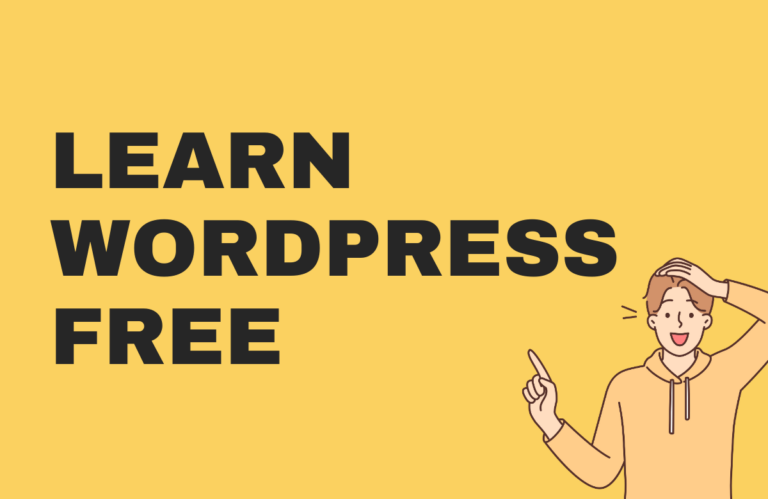Are you interested in creating stunning websites? Do you have a knack for design and want to turn it into a career? If you answered yes, then a website designing course for beginners might be just what you need to kickstart your journey.
Website designing is a crucial aspect of the digital world, as businesses are constantly looking for visually appealing and user-friendly websites to attract and engage their target audience. With the increasing demand for web designers, it is the perfect time to learn the skills required to create impressive websites.
Here are the steps to get started with a website designing course for beginners:
1. Understand the Basics
Before diving into a course, it’s essential to have a basic understanding of what website designing entails. Familiarize yourself with the different components, such as HTML, CSS, and JavaScript. Research the latest design trends and study successful websites to gain inspiration.

no code web design course
2. Enroll in a Beginner-Friendly Course
Look for a website designing course specifically designed for beginners. There are numerous online platforms and institutions that offer such courses.
Ensure that the course covers the fundamentals of web design, including layout, color theory, typography, and responsive design.
3. Learn HTML and CSS
HTML (Hypertext Markup Language) and CSS (Cascading Style Sheets) are the building blocks of web design. Understanding these languages is essential for creating the structure and style of a website. Practice writing HTML and CSS code to enhance your skills and grasp the concepts.

no code web design course
4. Master Design Tools
Familiarize yourself with professional design tools such as Adobe Photoshop, Illustrator, and Sketch. These tools play a vital role in creating visually appealing layouts and graphics for websites. Experiment with different features and practice creating mock designs to improve your proficiency.
5. Study User Experience (UX) Design
User experience design focuses on creating websites that are easy to navigate and provide a seamless experience for users. Learn about UX design principles, user research, wireframing, and prototyping. Understanding UX design will set you apart as a skilled website designer.
6. Build a Portfolio
As you progress through the course, start developing your portfolio by showcasing your design projects. Include your best work and projects that demonstrate a range of skills. A strong portfolio will impress potential clients or employers and showcase your capabilities.
7. Network and Gain Experience
Connect with fellow web designers, join online communities, and attend design events to network with industry professionals.
Seek opportunities to gain real-world experience, such as collaborating on projects or taking up freelance work. This will not only enhance your skills but also expose you to different design challenges.
Remember, practice makes perfect when it comes to website designing. Experiment with various design elements, keep up with the latest trends, and continually update your skills.
A website designing course for beginners is just the first step towards a fulfilling and in-demand career. Embrace the journey, be open to learning, and let your creativity shine through your designs.



